Accounting Decision Support Tools Assignment - Finance Analysis
VerifiedAdded on 2021/06/17
|13
|1003
|82
Homework Assignment
AI Summary
This document presents a comprehensive solution to an accounting decision support tools assignment, addressing various aspects of financial decision-making. It begins with an overview of the decision-making process, including the identification of alternatives, risk analysis, and monetary considerations. The assignment then delves into specific cases, such as determining the optimal purchase quantity of seafood using a conditional profit matrix and different decision-making rules (optimistic, pessimistic, Laplace, regret, and maximum expected monetary value). The solution also includes a simulation model to analyze the costs associated with overbooked hotel rooms and provides recommendations for optimizing the hotel's overbooking policy. Furthermore, the assignment explores regression analysis, comparing different models to determine the best fit for predicting car prices based on mileage and age. Finally, the solution covers break-even analysis and profit maximization scenarios for different products, providing insights into production levels and profitability.
1 out of 13
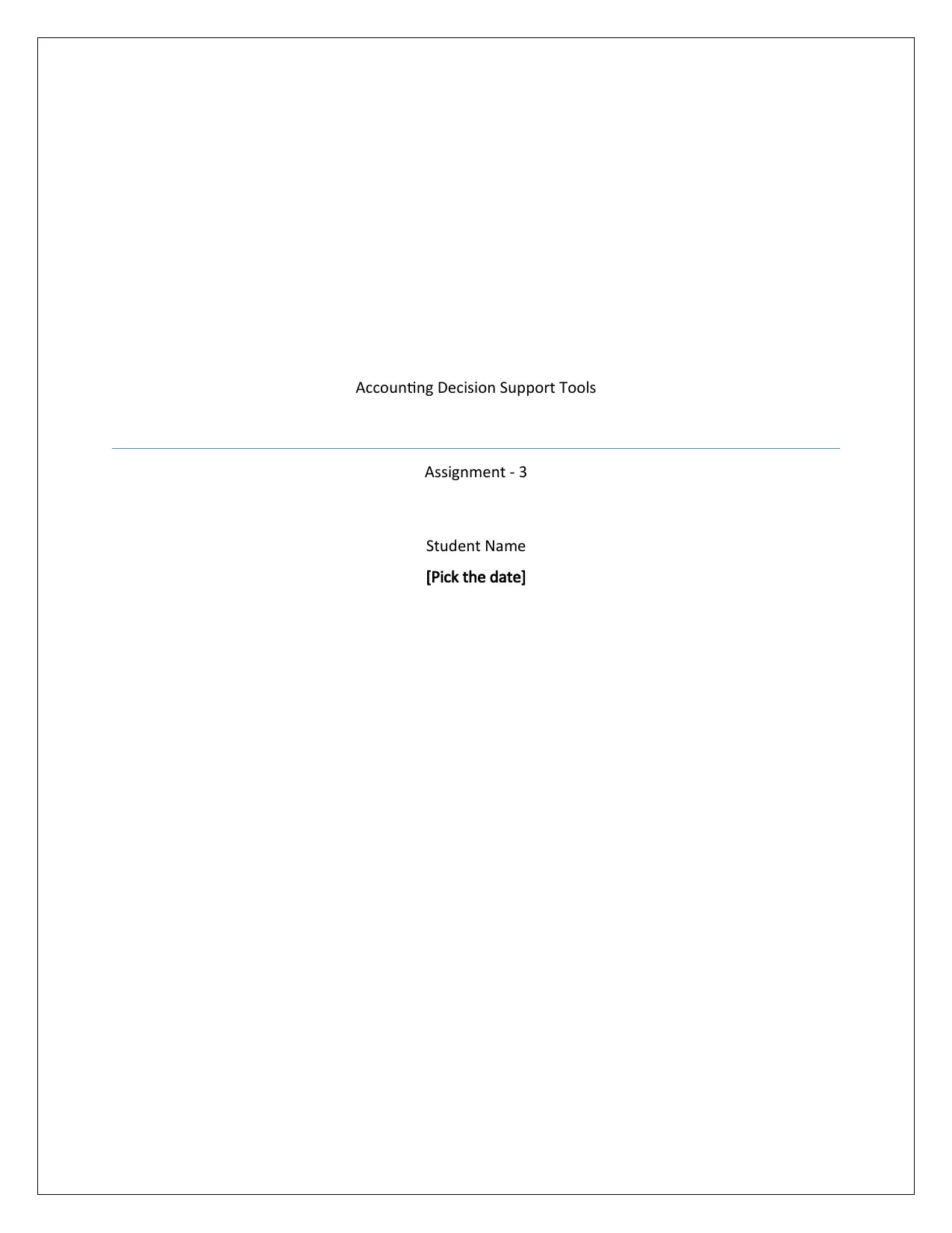
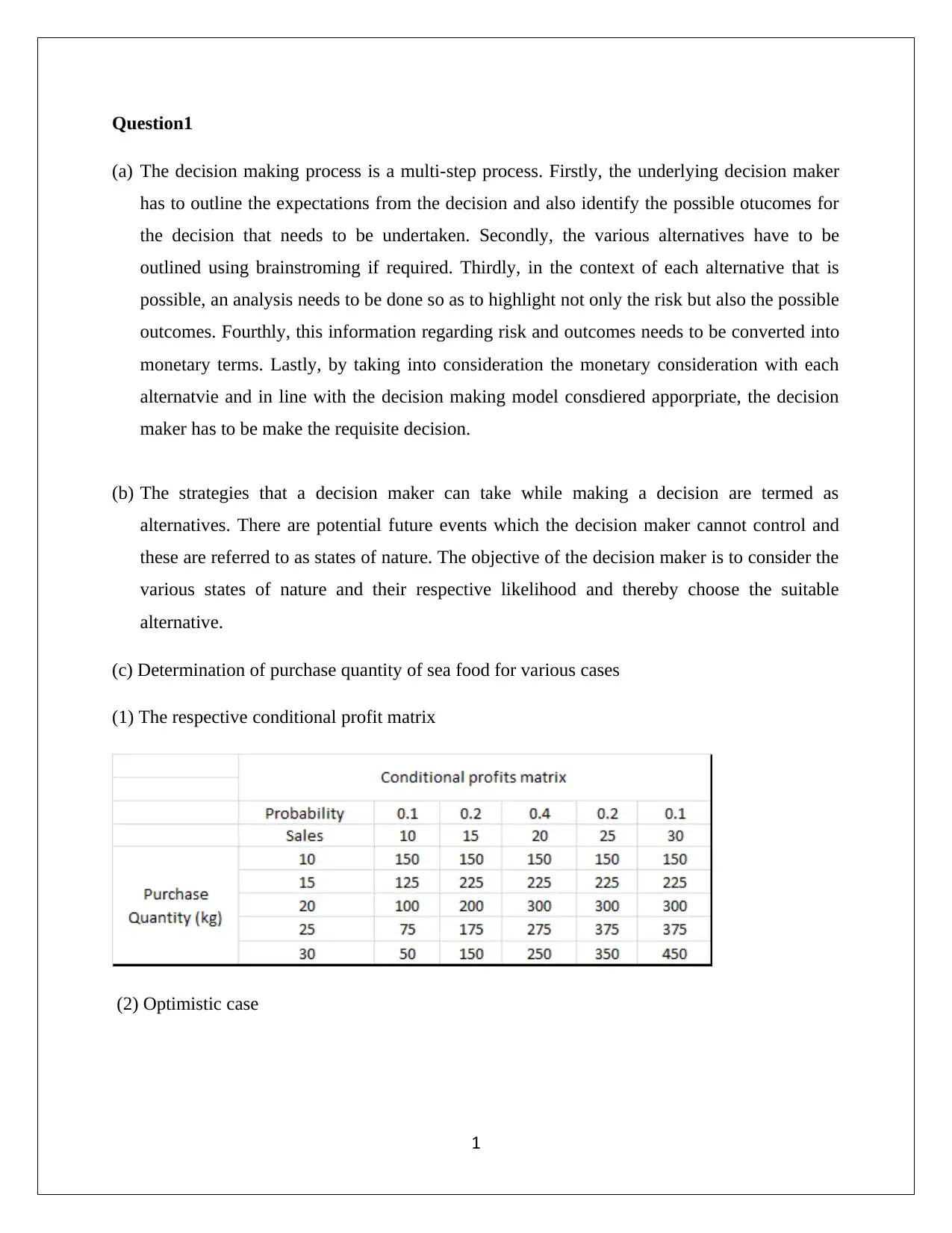
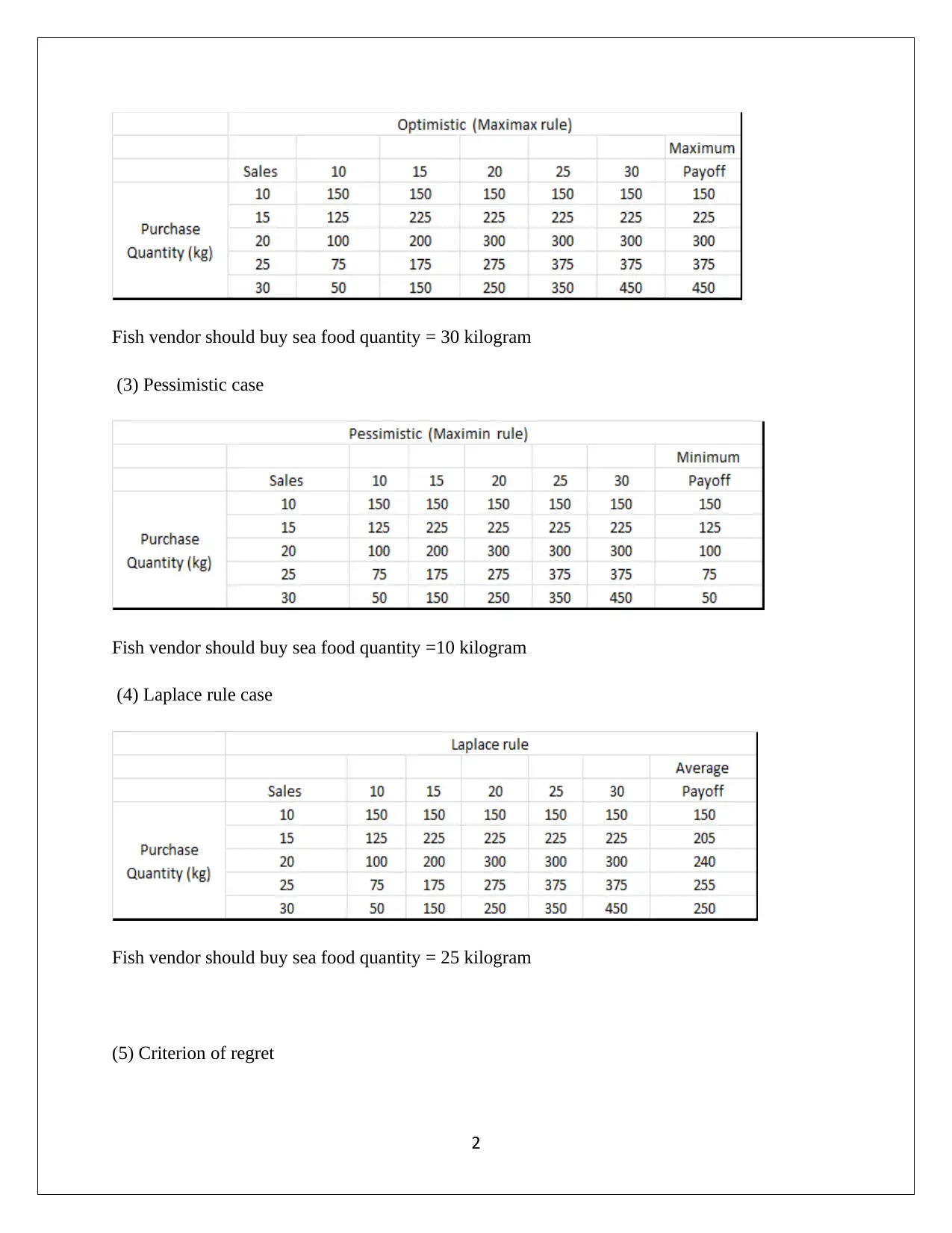

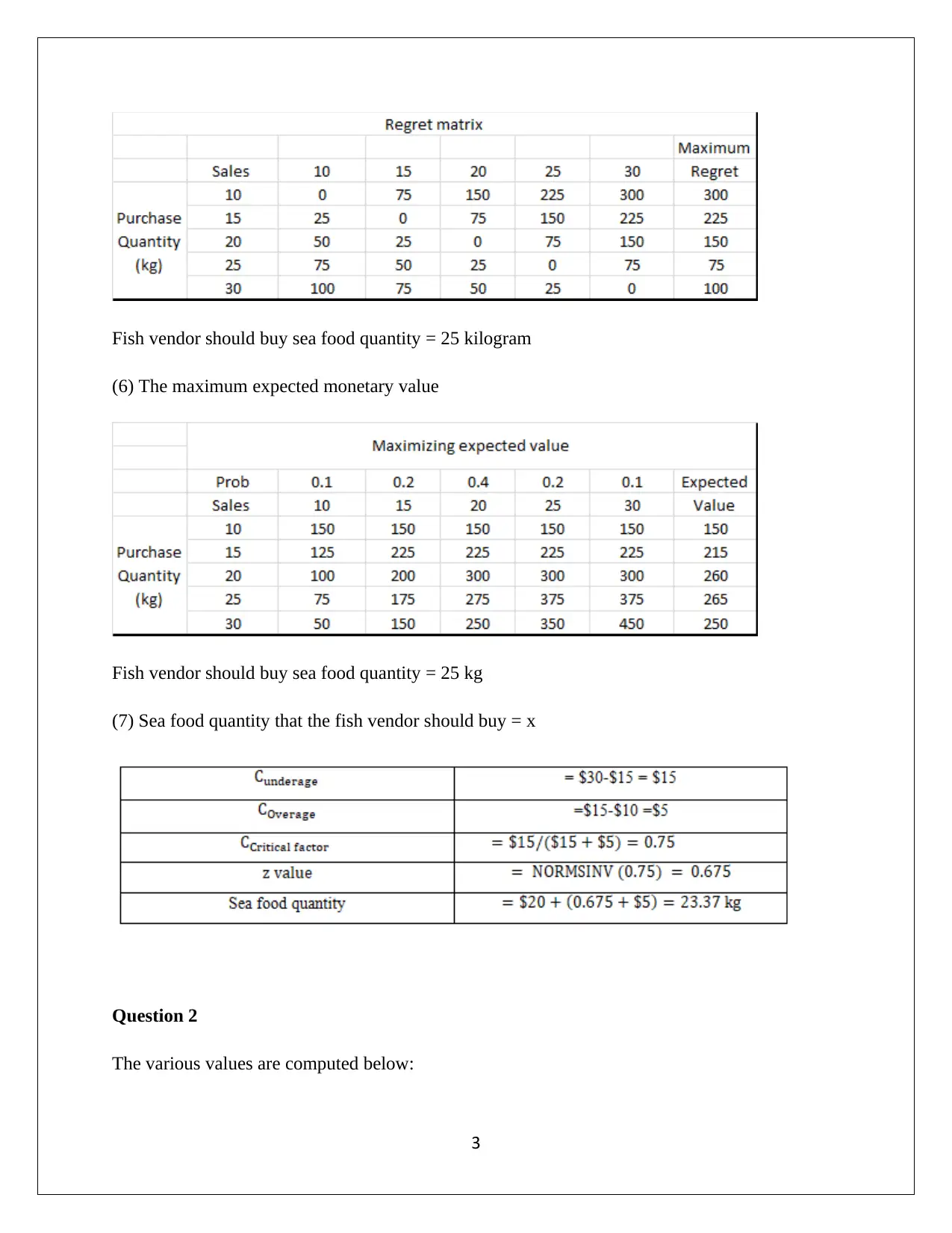
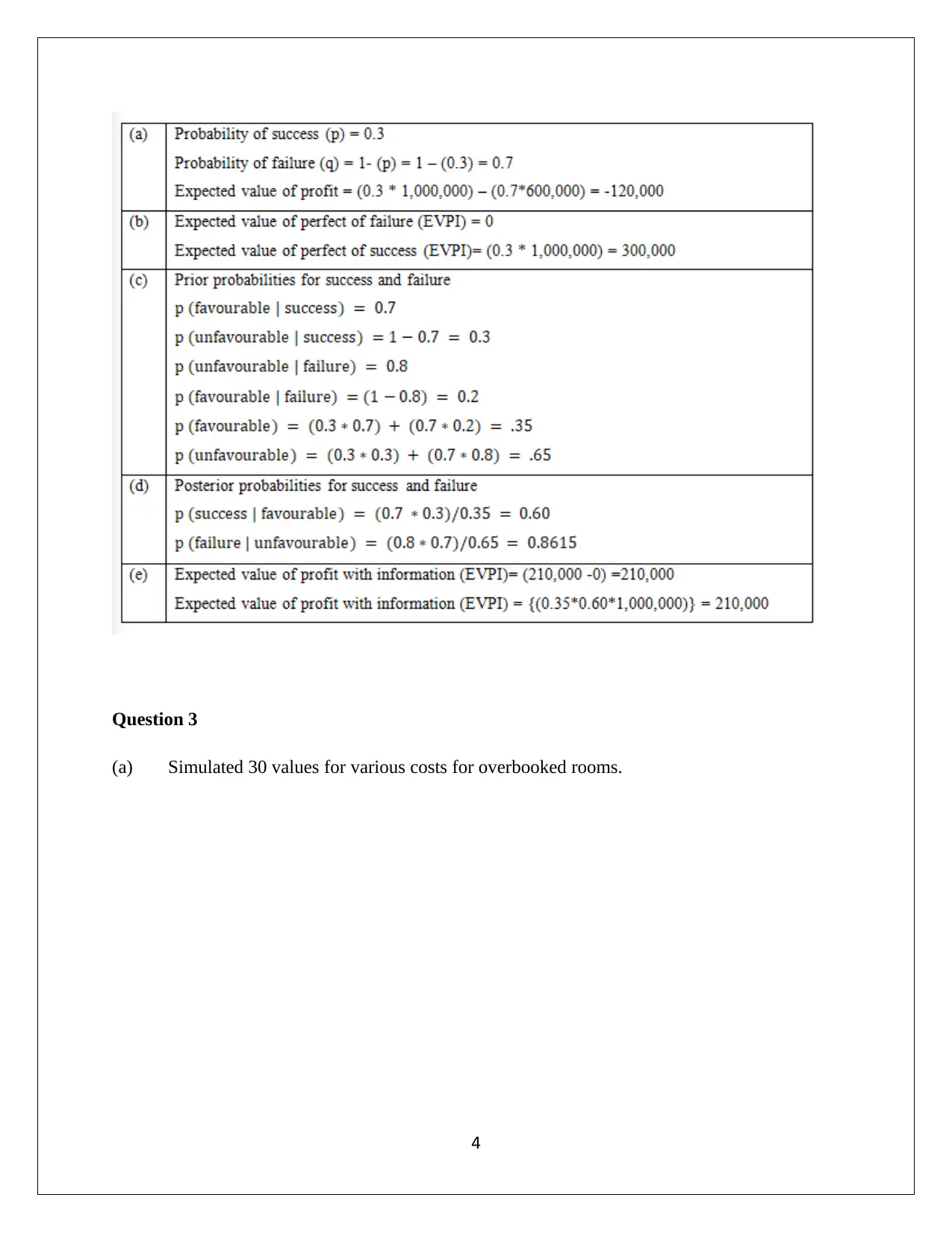
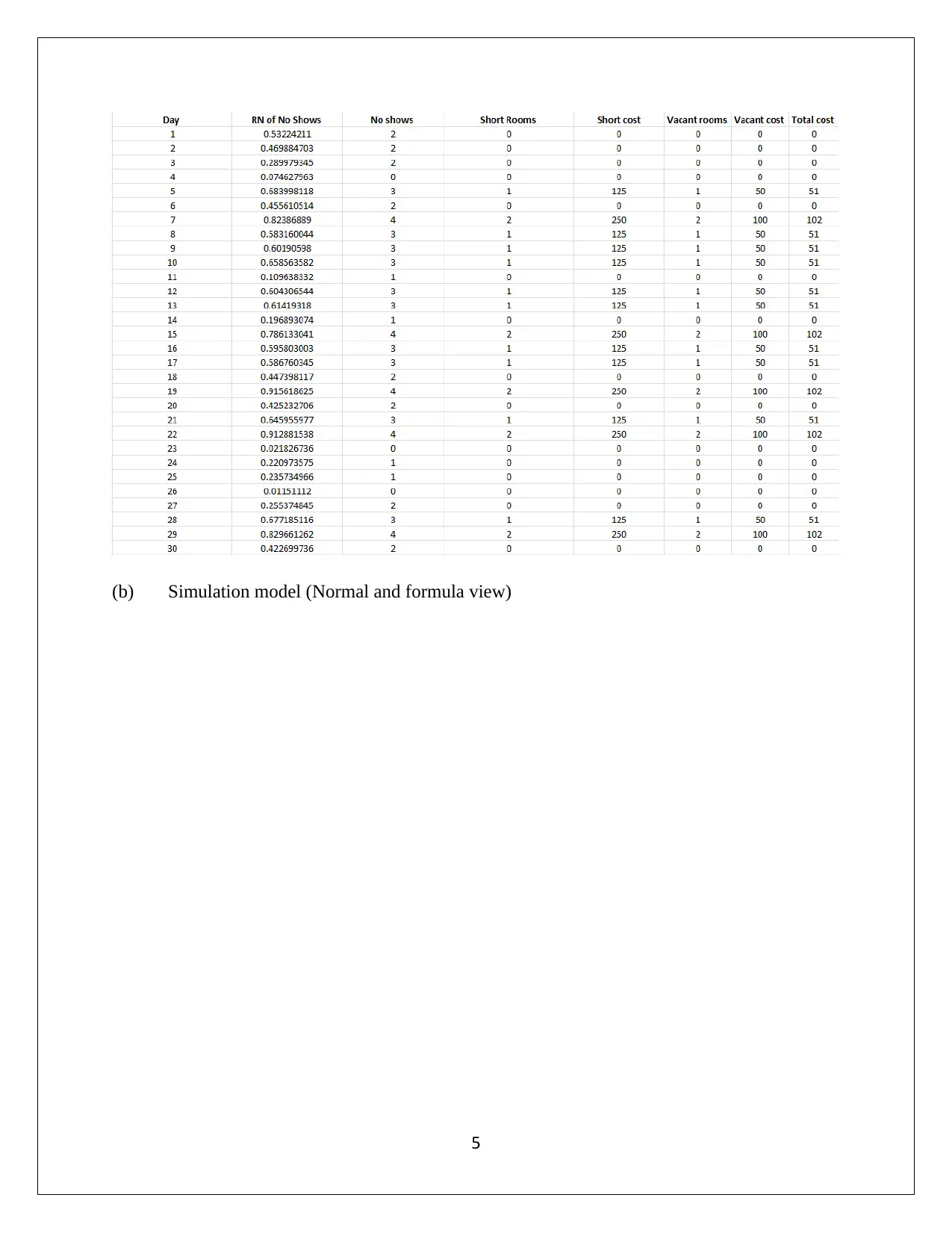
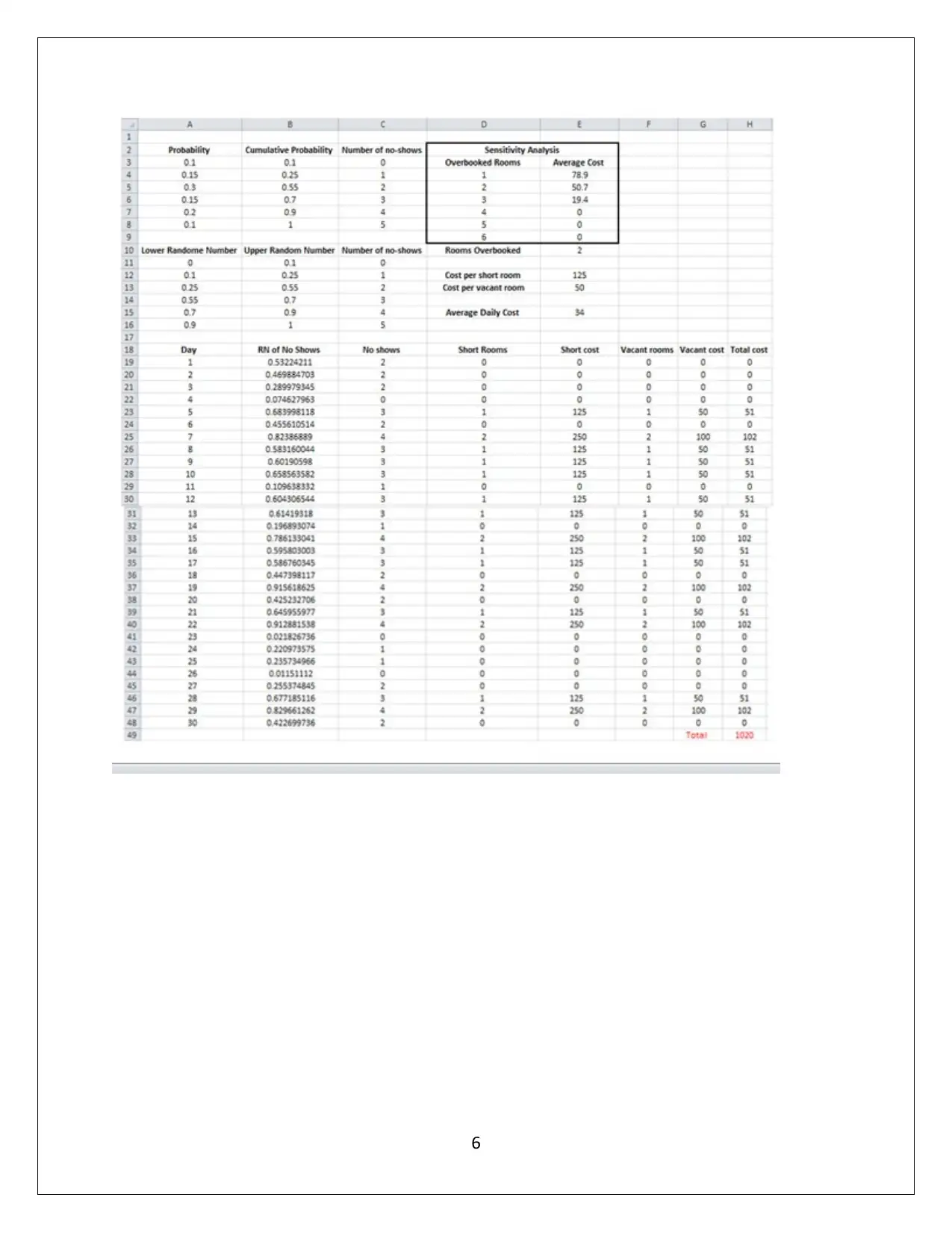
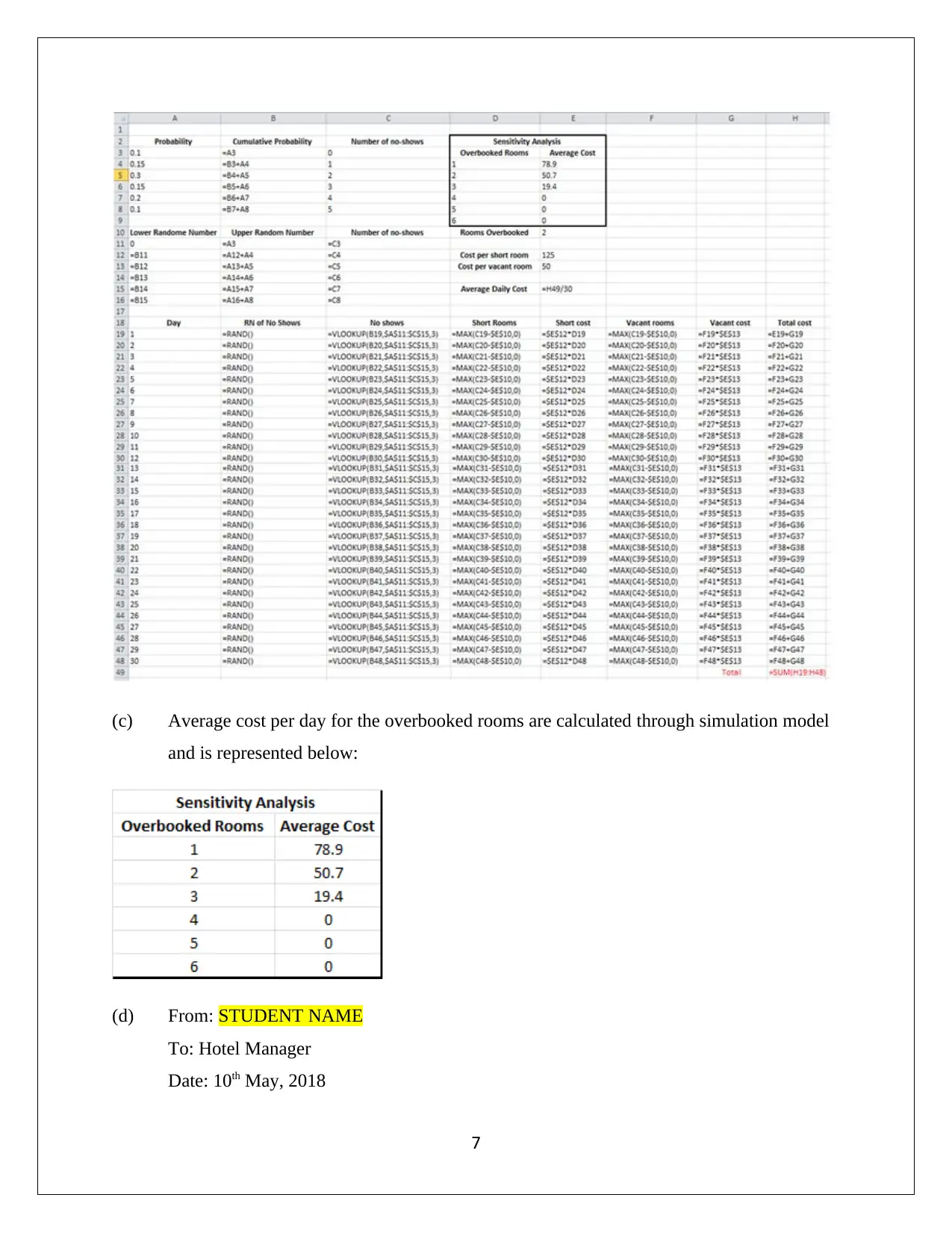
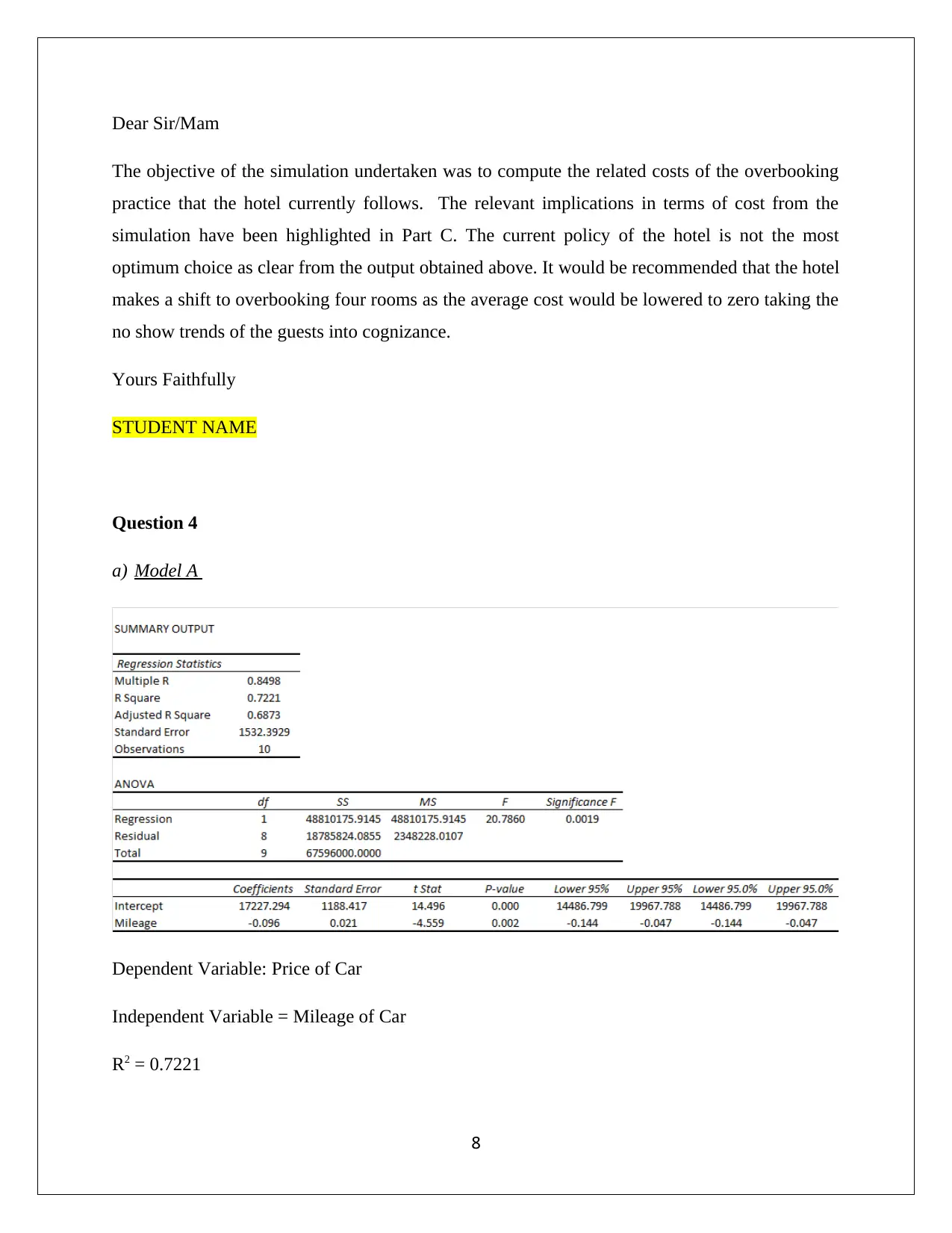
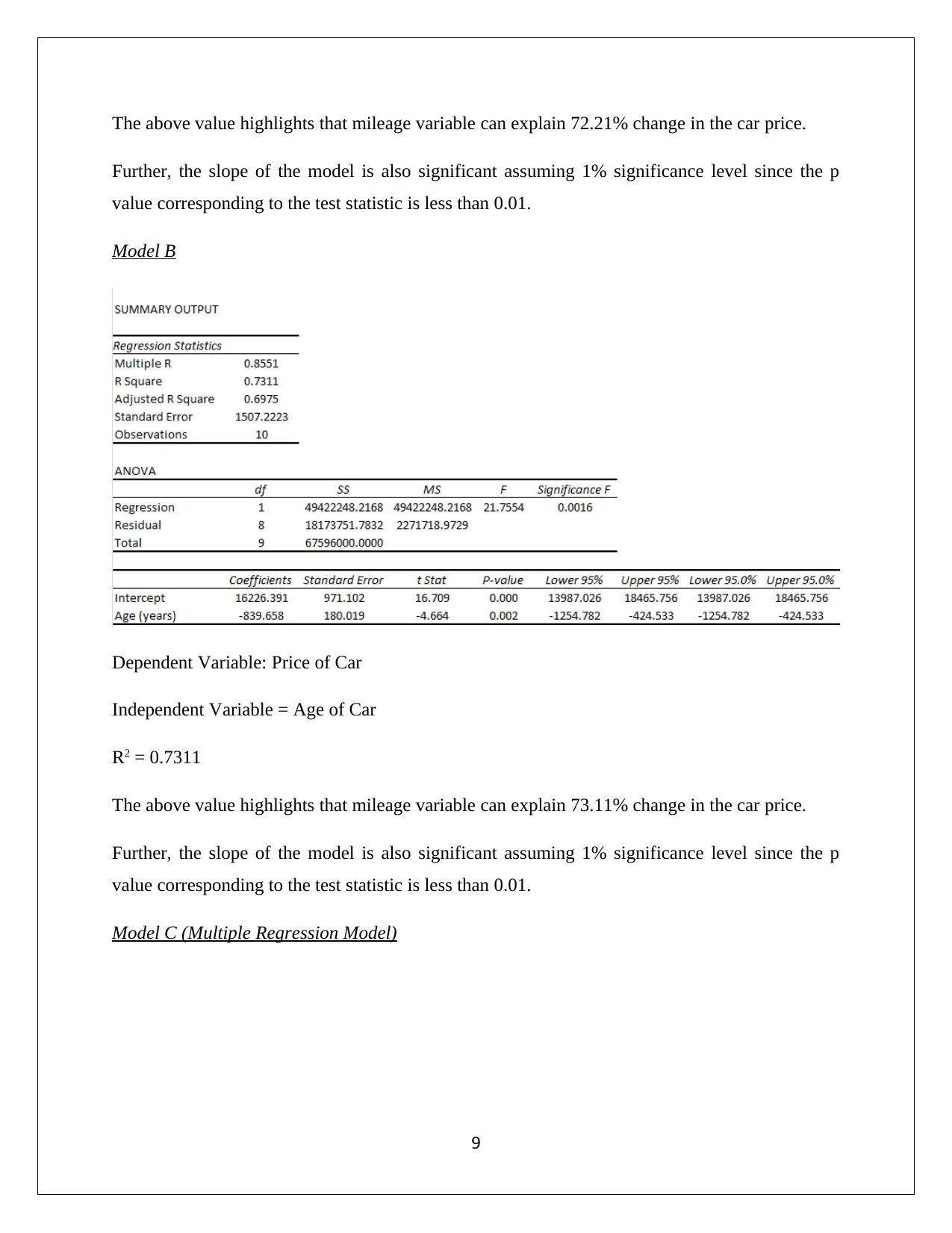
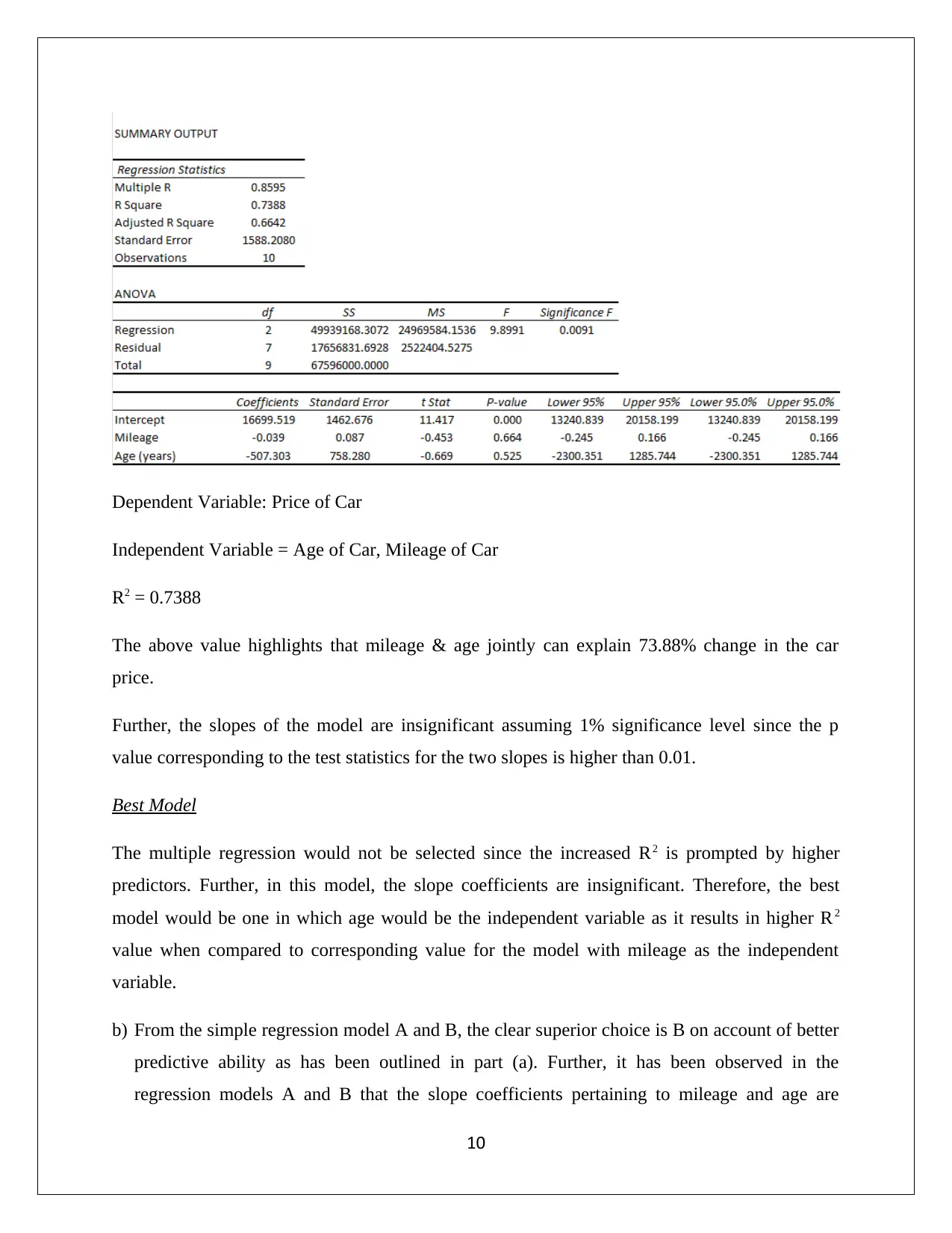
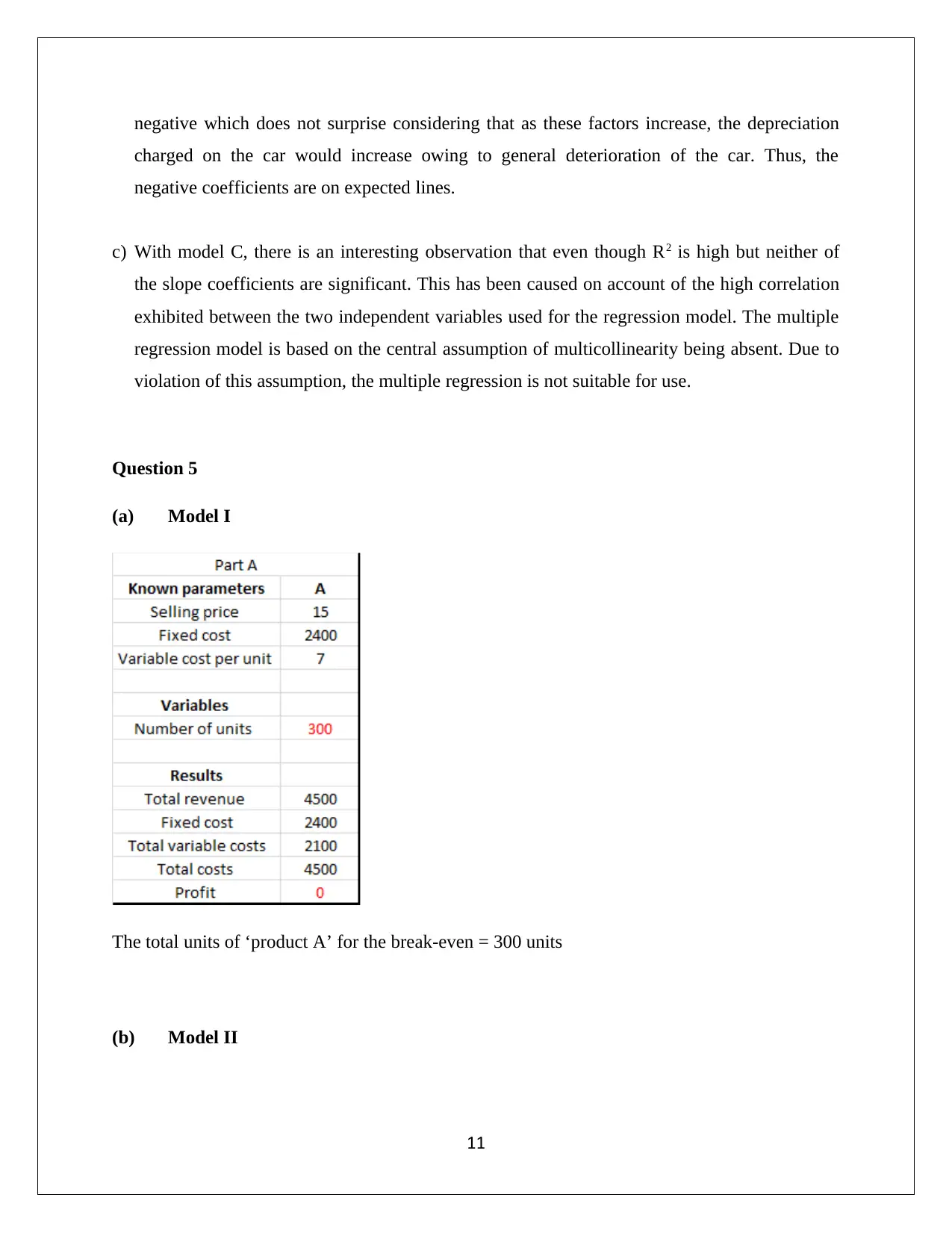
![Accounting Decision Support Tools Assessment Item 3 Solution [Date]](/_next/image/?url=https%3A%2F%2Fdesklib.com%2Fmedia%2Fimages%2Fwx%2F8b0579db5dc54829a8e805e0dcb6f432.jpg&w=256&q=75)





![[object Object]](/_next/static/media/star-bottom.7253800d.svg)